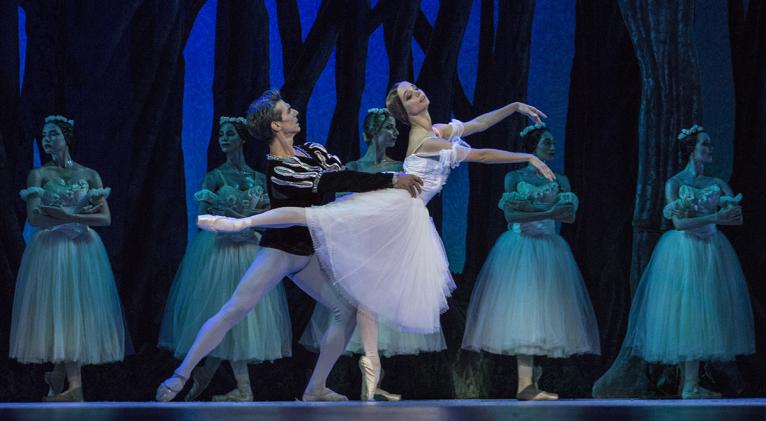2022 has been a very complex year for cultural institutions in Cuba, as it has been for every sector in the nation. The impact of the economic crisis has been tangible in several common activities and calls related to arts and letters. And yet, it has been the year where the cultural programming resumed after a period marked by the COVID-19 pandemic.
The slow and total return to in-person activities, to shared cultural experiences: this has actually been the greatest achievement of the year. Although, thanks to the creative search for different alternatives, there was never a cultural blackout.
But normalcy has been relative, as these times lead to new challenges for culture, linked to the overwhelming need to update schemes of funding, promotion, and fulfillment of traditional meetings from each art manifestation, as well as the sustainability of the usual program.
Not quite enough, actually. The challenge is to make the most out of the available resources. It has been so throughout this whole year. Cancelling the most important events of the year —the most symbolic ones for the Cuban culture— has not been an option.
Two recent examples can offer valuable experiences. Against all obstacles, two major festivals were held; namely, the Alicia Alonso International Ballet Festival and that of the New Latin American Cinema. Both were more frugal this time, but their cultural level did not drop. Both events enjoyed a great organizational work.
In times of crisis, culture is paramount. It is a spiritual shelter, but also foster social initiatives. 2023 shall be a decisive year for the strengthening of new models for the implementation of the cultural policy of the nation.
Translated by Sergio A. Paneque Díaz / CubaSí Translation Staff


Deje un comentario